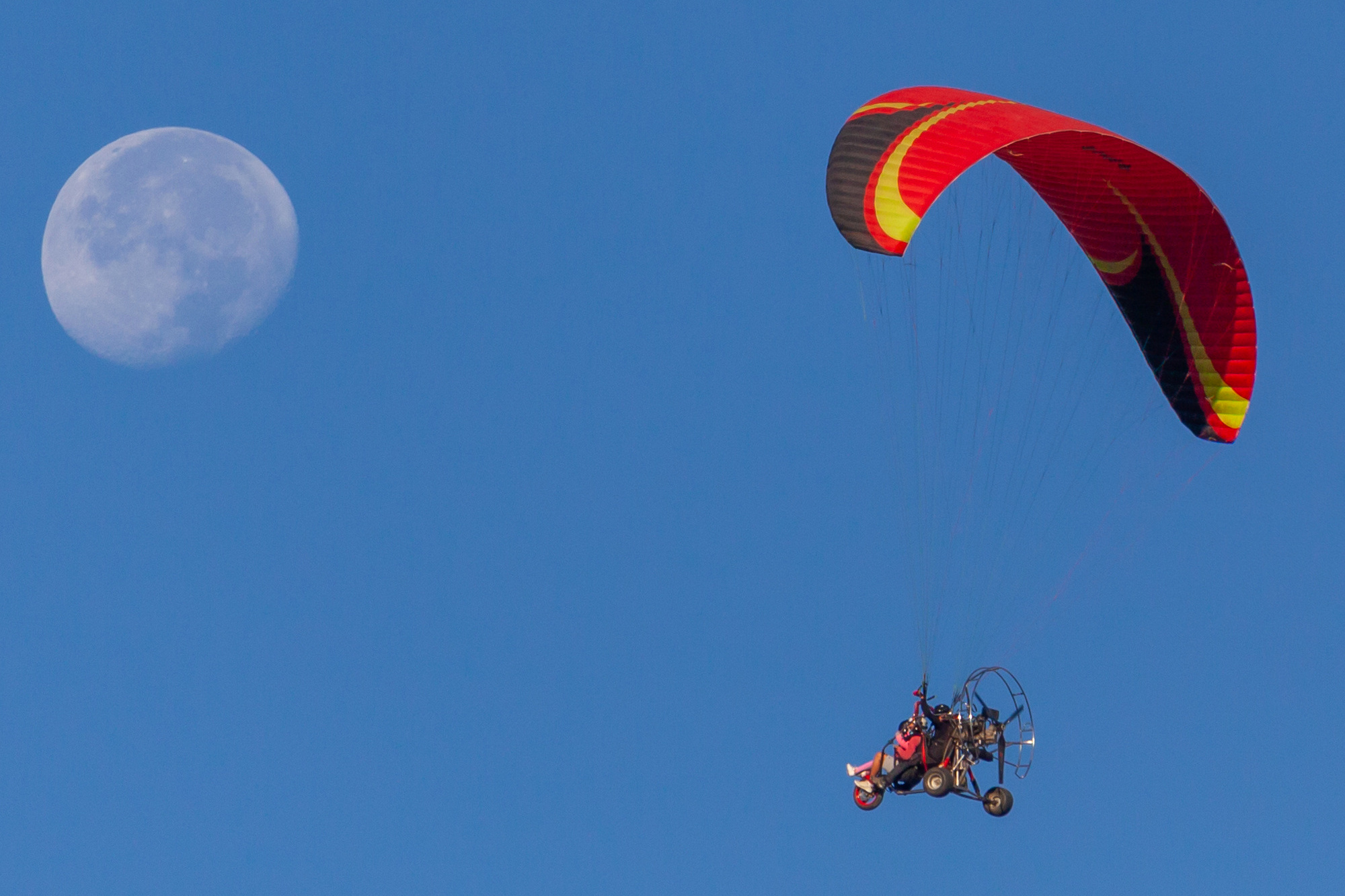Categorizing aircraft can be a nightmare because there are many factors that come into play. The Federal Aviation Administration or FAA for short, offer pilots class ratings to fly a particular group of aircraft that require similar training. There are seven main categories under the FAA’s class rating system. These classes are airplane, rotorcraft, powered lift, gliders, lighter than air, powered parachute and weight-shift-control aircraft. While we won’t go into detail on some of these classes, we will go into detail on the airplane (fixed wing aircraft) and rotorcraft (rotary wing aircraft) categories. Select a category below to start learning.
Classes of Aircraft
CLASSES OF AIRCRAFT

FIXED WING AIRCRAFT
Fixed wing aircraft come in a many shapes and sizes, but they all have one thing in common. They all generate forward thrust, and use wings to generate lift. The airframe of a fixed wing aircraft typically makes use of horizontal wings, a fuselage, a vertical stabilizer, and a horizontal stabilizer, and landing gear components. Because the designs of fixed wing aircraft vary greatly, some designs do not make use of some of these components.
ROTARY WING AIRCRAFT
Rotary Wing Aircraft generate lift using rotor blades which revolve around a mast, and generally include helicopters, autogyros and gyrodynes. Helicopter use rotors that are driven by the engine and typically will include an anti-torque device. Autogyros make use of a propeller powered by an engine to generate thrust and an unpowered rotor driven by autorotation. Gyrodynes have rotors that are engine powered for take of and landing, but make use of propellers that are mounted on small wings for forward flight.
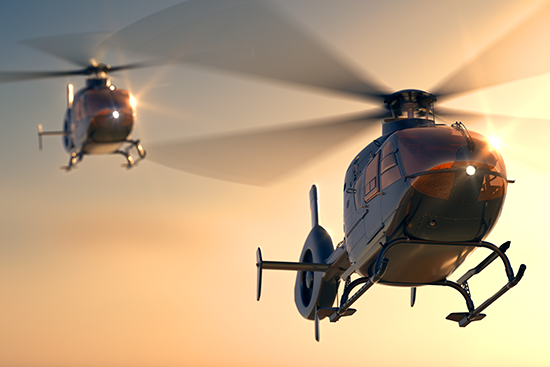
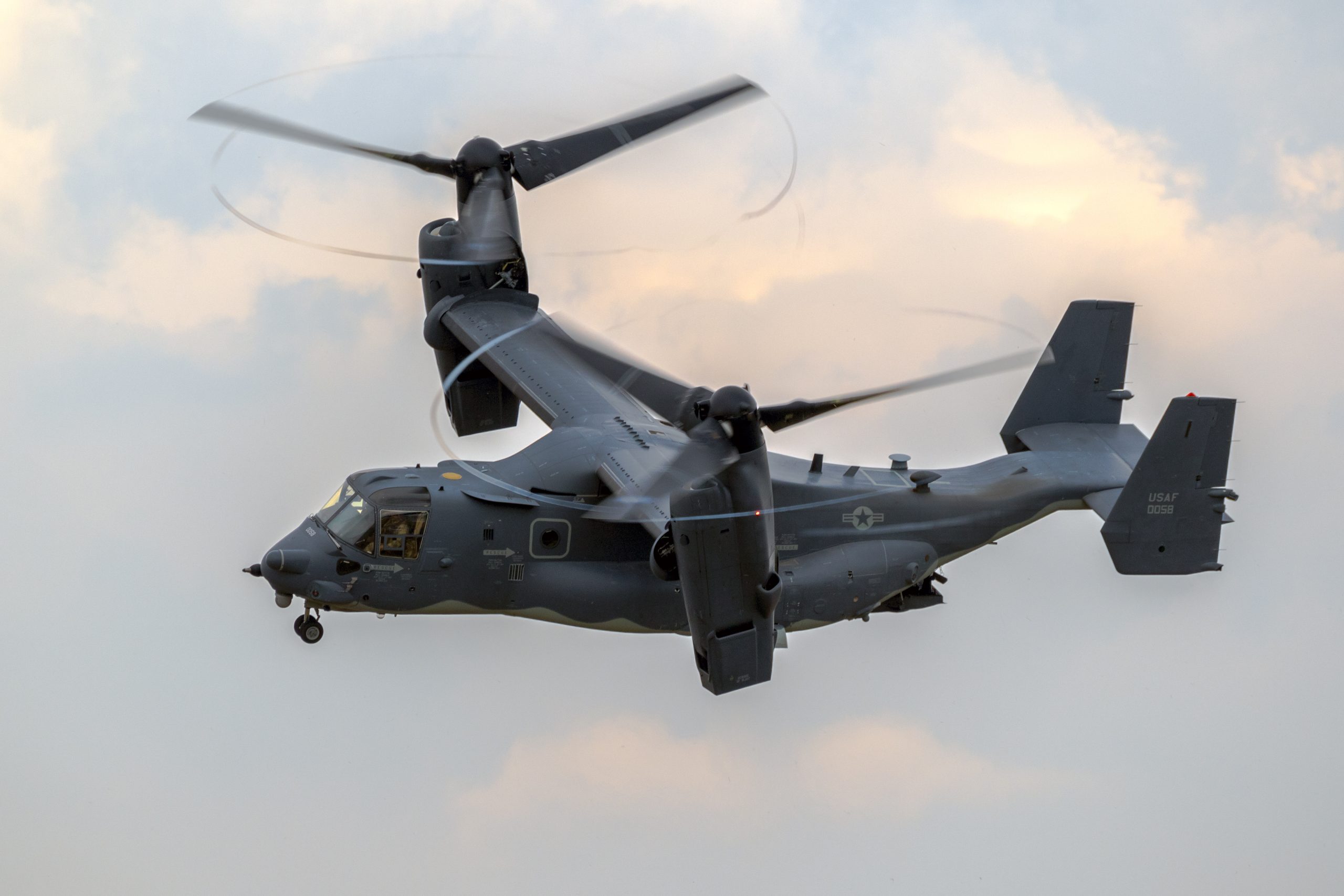
POWERED LIFT AIRCRAFT
Powered lift aircraft, sometimes referred to as VTOLs or Vertical Take Of and Landing Aircraft, are heavier-than-air aircraft that are capable of vertical takeoff and landings as well as flight. The lift and flight mechanism relies on an engine driven lift device such as a proprotor or turbine engine thrust for lift during vertical take off and landing and on non-rotating airfoils for lift during horizontal flight. The airframe of a powered lift aircraft is most similar to that of a fixed wing aircraft, but can also combine features of a rotary wing aircraft. In most cases the thrust generating mechanism is directional allowing the aircraft to go directly from a vertical take off to a horizontal flight mid air and from horizontal flight to vertical landing as well. One such aircraft is the Bell Boeing V-22 Osprey which first achieved flight in March of 1989 and is still in active production.
GLIDERS
Gliders are an unpowered, heavier-than-air, aircraft that is supported in flight by the reaction of air against it’s lift surfaces. The flight of a glider must not depend on a thrust generating device such as an engine. Gliders are typically towed to their starting altitude and then released to glide back to the ground. One of the most famous of gliders is the space shuttle. While the space shuttle is powered on take off, its return to earth is completely unpowered and is in a full glide. The space shuttle is referred to as a self-launch glider, which requires a separate endorsement to pilot.
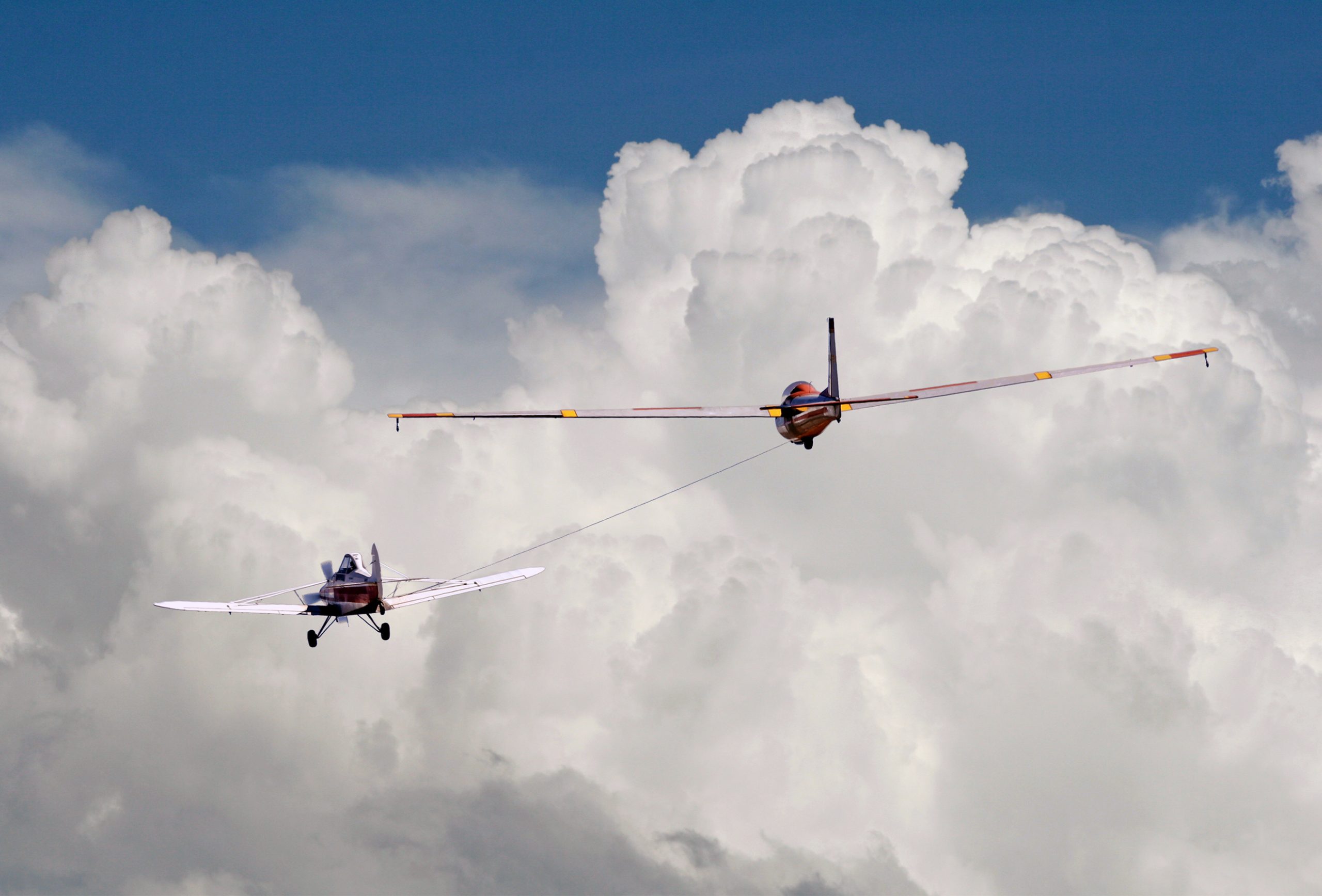
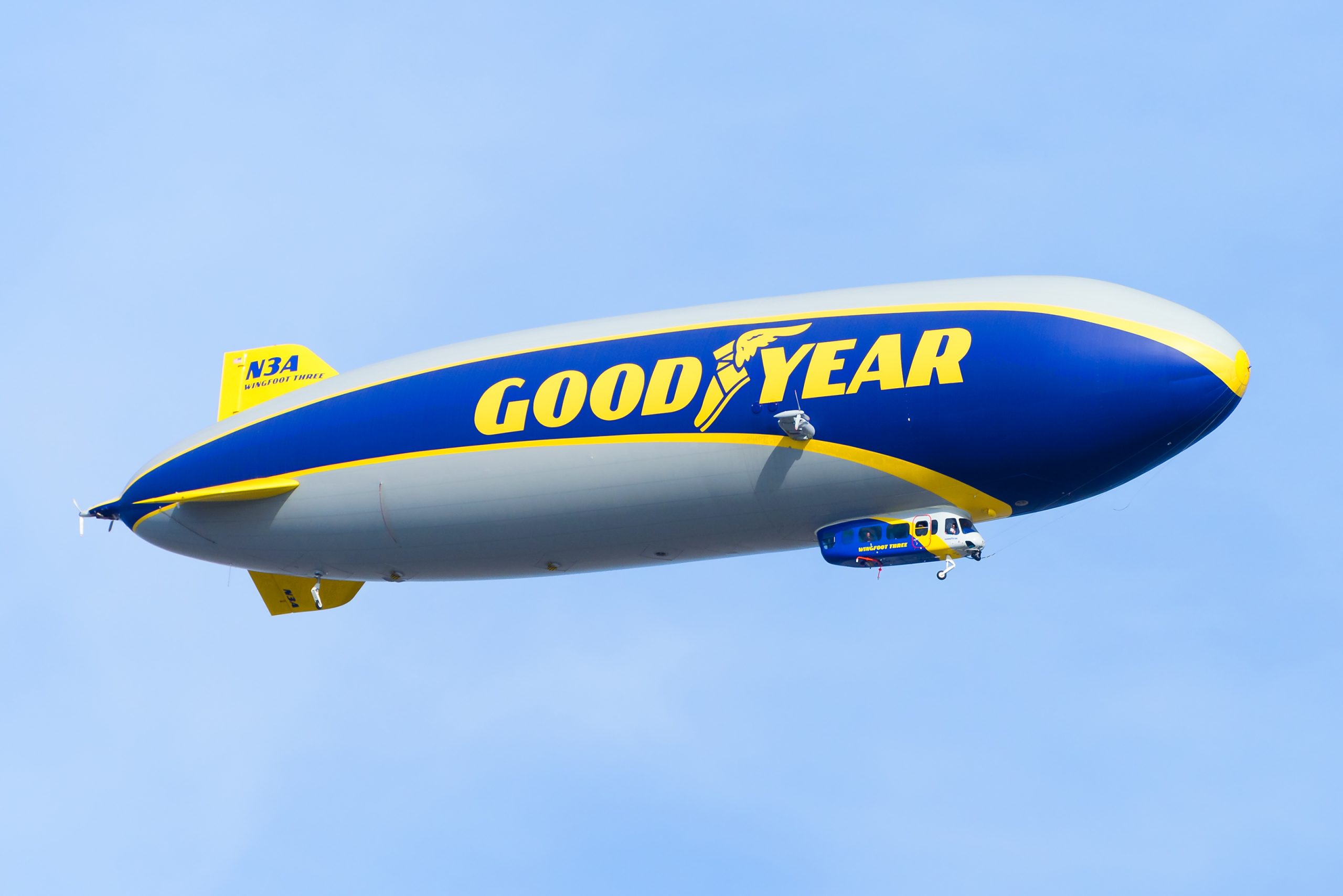
LIGHTER THAN AIR
A lighter-than-air aircraft is an aircraft that achieves flight by creating lift by using a gas that is lighter than air. Typically this gas is helium, hydrogen or hot air, but there are many other gasses which have been used. This contrasts with a heavier-than-air aircraft, which generates lift with the flow of air over an airfoil. Some examples of lighter-than-air aircraft are hot air balloons, Zeppelins, and blimps. One of the most famous of all lighter-than-air aircraft is the Goodyear Blimp.
POWERED PARACHUTE
A powered parachute, often referred to as a paraplane, is a personal aircraft that is propeller driven frame which is suspended from a parachute during flight. Paraplanes have either three or four wheels, an engine and typically fall into the category of ultralight aircraft which does not usually require a pilots license to fly. These aircraft are mainly recreational aircraft and operate at low altitudes, slow speed of 20-45 knots (25-50 mph), and have an open cockpit. Their slower speed makes them ideal for entry level flying and for safe flying close to the ground.
